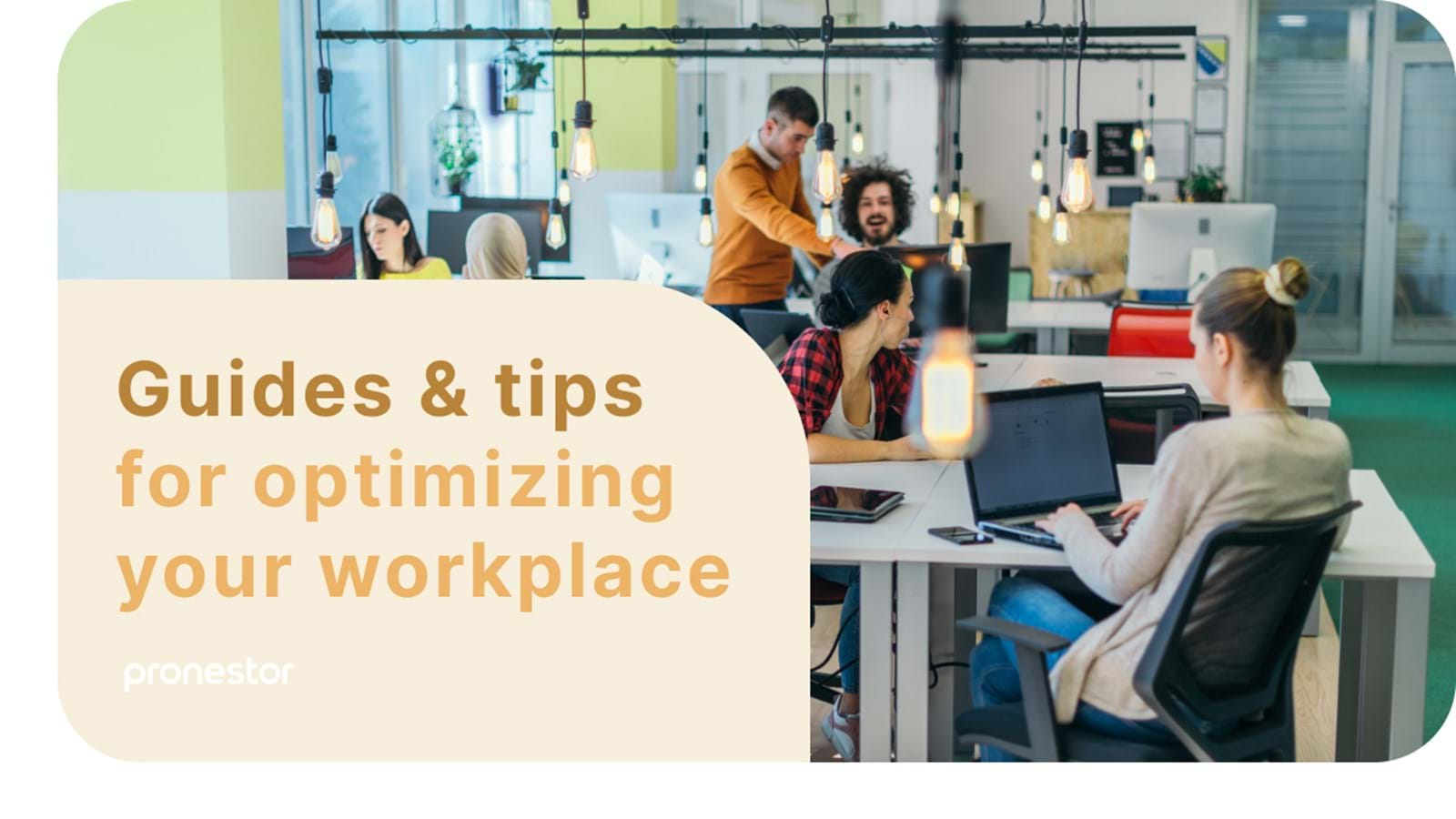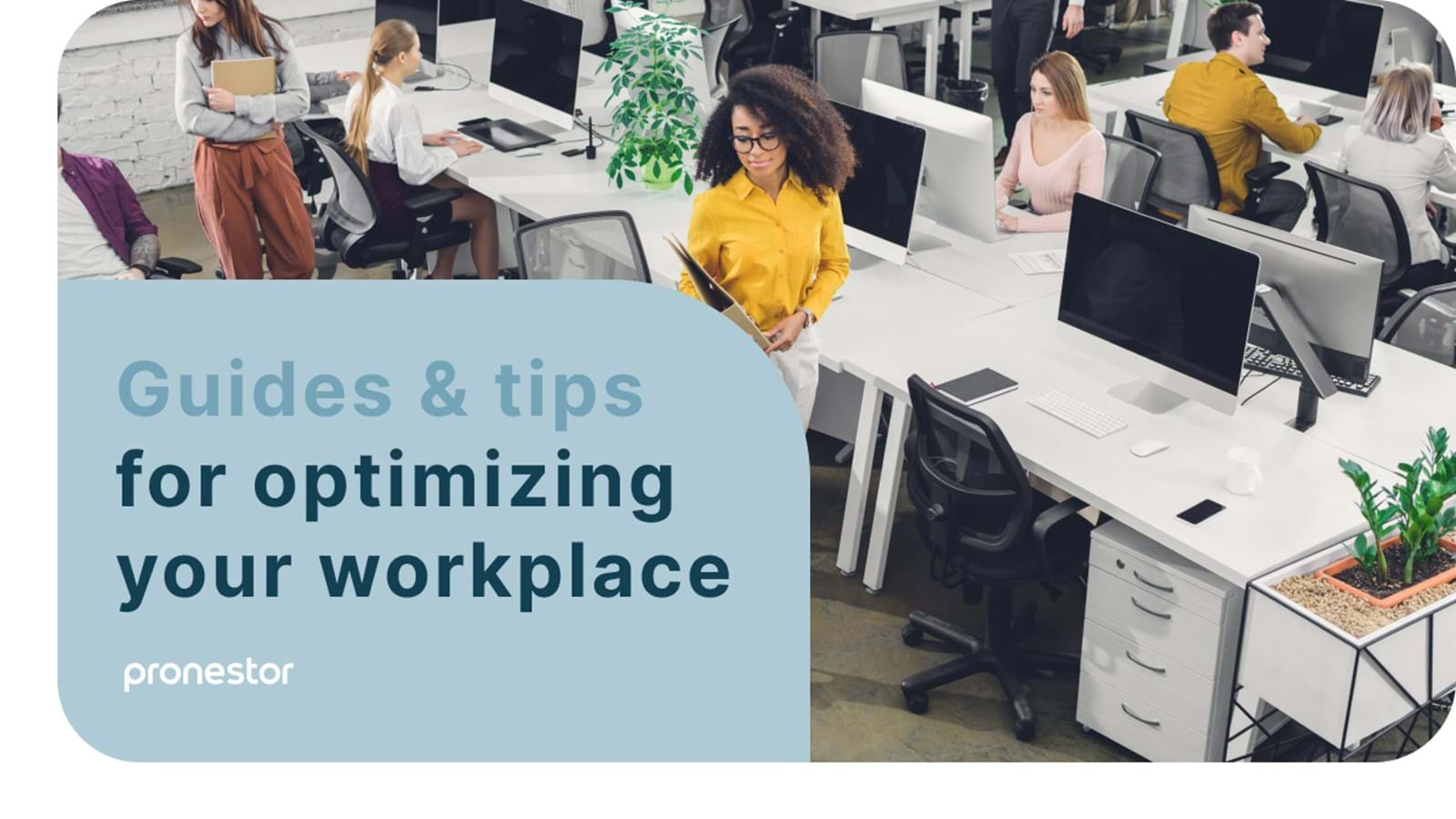March 04, 2022
— Gertrud J. Birk (International Project Manager) & Anna Sloth Nicolajsen (Commercial Product Director)
Why you need to combine Outlook with a meeting room booking software
Are you outgrowing the integrated meeting room booking features of Outlook? Find out why you need a dedicated meeting room booking software in this article.
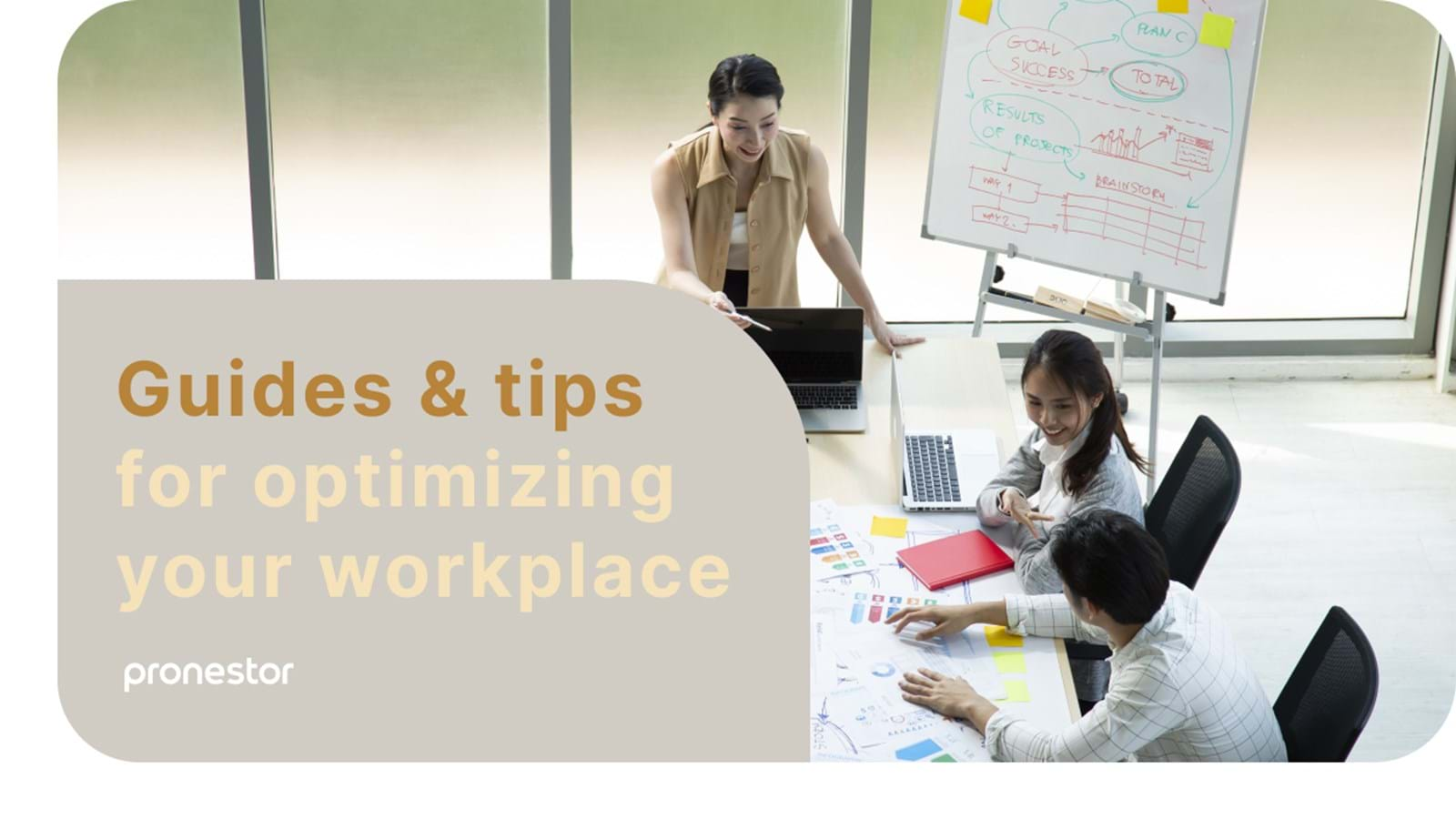
After getting used to remote meetings, the need for meeting rooms and the need for meeting room booking software could have decreased, but that doesn’t seem to be the case.
According to Microsoft Workplace Insights the number of 30-minute meetings and meetings with 2 or 3 participants is going up, which may very well lead to an increase in meeting rooms booked. This will in turn lead to a need for more meeting rooms. *
With organizations redesigning offices to fit with a remote-first or hybrid work model, now is a good time to ask yourself if your office needs a better solution for scheduling meetings.
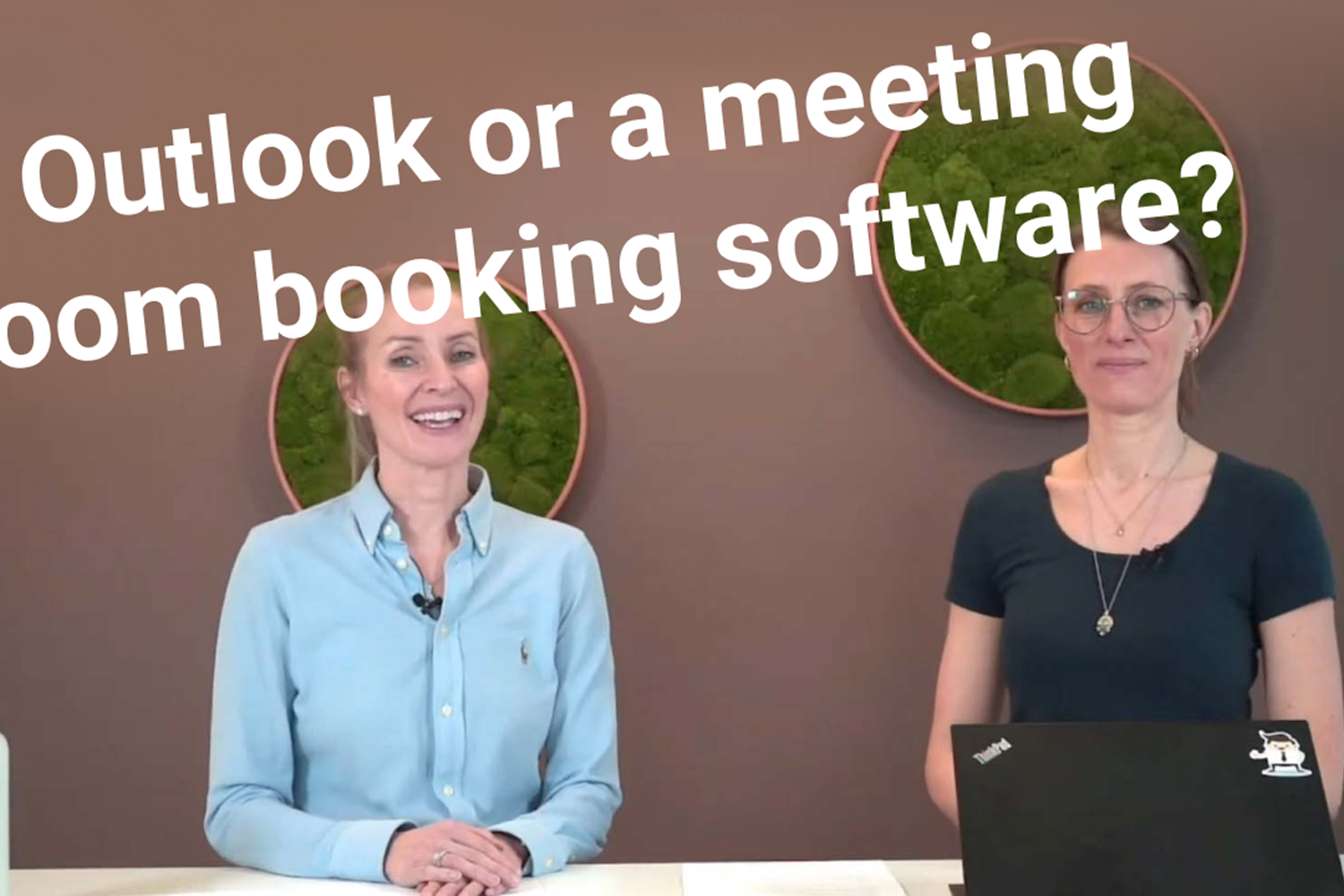
Why not just use Outlook?
For most organizations the early stages of managing meeting rooms are handled entirely in Outlook as a part of Office 365. This makes perfect sense. But when you begin expanding the number of meeting rooms or the services and equipment provided by each room, you may need to upgrade to a dedicated room booking solution.
5 challenges you can solve with a meeting room booking solution
When you schedule a meeting, booking the right room can be a challenge. Unless one of your primary tasks is to book meeting rooms, it’s unlikely that you know the specific names of each room, where they are located, what kind of equipment is available in the different rooms, as well as the number of seats in each room.
When it comes to scheduling and meeting room booking there are five primary obstacles that most people struggle with:
- The amount of time you spend finding an available room.
- Figuring out if your chosen room has the appropriate equipment for your meeting.
- Informing the reception about any external participants and sending out invitations.
- Notifying service providers such as catering and cleaning staff what room you will be in, and what services you will need for your meeting.
- And lastly, if you need to move the meeting to another room, you will have to go through the same procedure all over again.
The first four obstacles are simply time wasters that can be removed by integrating the tasks into the initial booking of the meeting room. This can be achieved with most meeting room booking software.
But the last obstacle can be a source of confusion not just for the person booking the meeting, but for everyone involved.
If things like catering and external invitations aren’t an automated part of your meeting scheduling process, cancelling a meeting, or changing it’s time can mean a waste of both manpower and resources as receptionists await external participants that will no longer show up or the kitchen staff serves lunch or coffee in the wrong meeting room.
What you can do with a dedicated meeting room booking software
A meeting room booking software such as Pronestor Planner lets you to connect each step in the process of scheduling a meeting. But the real benefit of a dedicated meeting room booking software comes from two very specific features.
The first is the connection between scheduled meetings, booked rooms, and services, so if you change the time, date or location of your meeting, everything connected to the meeting, such as invitations, notifications to the reception, catering staff or other services will be updated too.
However, this pales in comparison to the benefit of getting access to data on how your meeting rooms are being used.
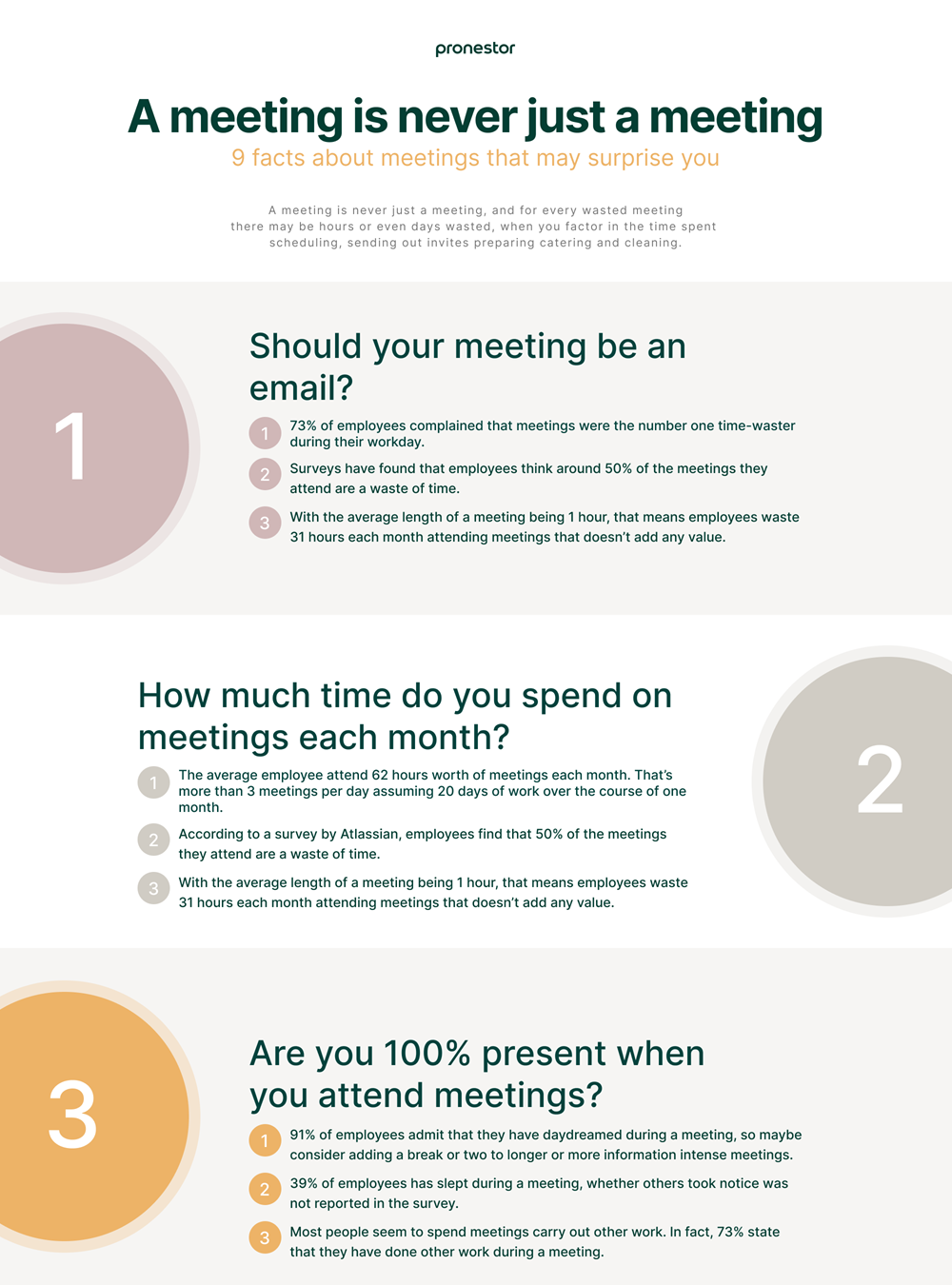
So you think you need more meeting rooms?
If you work with meeting room management in any capacity, there’s a pretty good chance you often hear that there aren’t enough meeting rooms, or that the “the big meeting rooms are always booked”.
If you are constantly being told that the meeting rooms with a capacity of 8-10 people are always booked, it may lead you to the conclusion that you need more meeting rooms for 8-10 people.
But unless you have a way to analyze the booking patterns, you can’t be sure.
What could be the case, is that employees prefer the meeting rooms with space for 8-10 people, and book them for smaller meetings as well. It may be the size of the room; it may be because it has a better view, or something completely different.
That’s worth considering, before you make space for the next meeting room, and incidentally also one of the top reasons why you need to consider using a meeting room booking software that provides data insights.
So, when you plan on increasing the number of meeting rooms, you will know not only if you need them, but also which types of meeting rooms are the most sought after in your organization.
References
https://workplaceinsights.microsoft.com/workplace-analytics/the-rise-of-shorter-meetings-and-other-ways-collaboration-is-changing-with-remote-work/
https://www.atlassian.com/time-wasting-at-work-infographic
